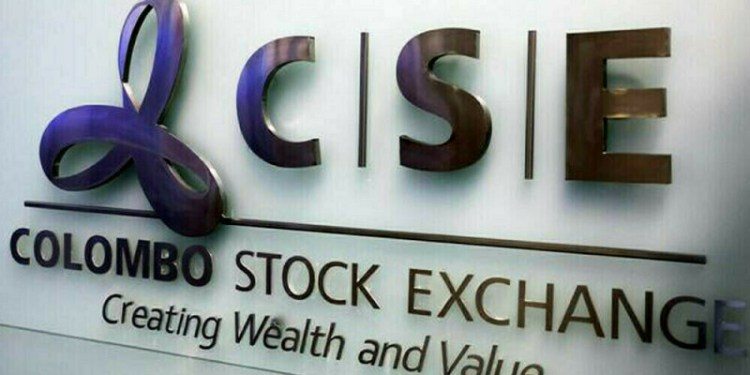 © Reuters. BOJ Governor Kuroda attends the Paris Europlace International Financial Forum in Tokyo
© Reuters. BOJ Governor Kuroda attends the Paris Europlace International Financial Forum in TokyoBy Leika Kihara
TOKYO (Reuters) – Bank of Japan Governor Haruhiko Kuroda said a slowdown in the central bank’s bond buying is different in nature from the U.S. Federal Reserve’s tapering of asset purchases, signaling that Japan is nowhere near an exit from ultra-loose monetary policy.
But Kuroda also said the BOJ would need to shrink the size of its balance sheet once inflation accelerates, suggesting that the central bank won’t maintain its massive stimulus indefinitely.
“The Fed’s tapering is conducted intentionally and in several stages, as part of a normalization of monetary policy,” Kuroda told parliament on Thursday.
“The slowdown in our government bond buying is different from the Fed’s tapering,” he added.
Since reverting to a policy targeting interest rates, the BOJ has steadily slowed its government bond purchases to half the level it loosely commits to buy each year.
Some analysts describe the slowdown as the BOJ’s “stealth tapering,” or an intentional attempt by the central bank to whittle down a huge bond buying program that critics see as unsustainable.
Subdued inflation has forced the BOJ to maintain a huge stimulus program despite the rising costs, such as the pain inflicted on bank profits by years of near-zero interest rates.
In a meeting with business leaders in central Japan earlier this month, Kuroda said Japan is “no longer in a situation where decisive, large-scale policy is needed to overcome deflation.”
Some market players interpreted the remark as suggesting the BOJ could backtrack on its pledge to hit its 2 percent inflation target.
Kuroda rebuffed such a view, saying that while no additional easing was needed now, it was important for the BOJ to patiently maintain the current stimulus program.
“Japan’s economy is clearly improving but it’s taking some time to achieve 2 percent inflation,” Kuroda said.
“It’s a somewhat complicated situation … so we need to carefully weigh the merits and costs of our policy.”
Fusion Media or anyone involved with Fusion Media will not accept any liability for loss or damage as a result of reliance on the information including data, quotes, charts and buy/sell signals contained within this website. Please be fully informed regarding the risks and costs associated with trading the financial markets, it is one of the riskiest investment forms possible.
Source: Investing.com




























